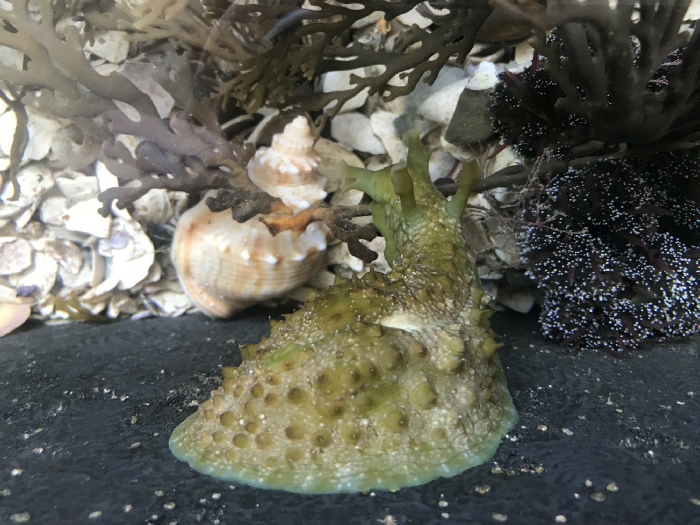Press Release
Expedition #2 of the Spheric Ocean cycle led by Chus Martínez
First Exercise: Convening in Honiara, Solomon Islands
Participants: Diva Amon, Dineo Seshee Bopape, Marah Hardt, Ana María Millán, Ingo Niermann, Markus Reymann, Francesca Thyssen-
The Solomon Exercises
If the first expedition was all about setting a mood, a way of thinking differently about the ocean task, the second is all about exercises and rehearsals. Spheric Ocean shows us a simple fact: there is no "otherness" in the ocean, and therefore, what should distinguish our actions is not the impulse to conquer, possess or explore, but the need to learn and understand.

TBA21 - Academy - The Current II
National Art Gallery, Solomon Islands
14 - 28.04.2019


© ArtCatalyse International / Marika Prévosto 2019. All Rights Reserved
But how to do this? It seems almost impossible for Westerners to move away from imperatives to "rescue" or the impulse to "develop." It is for this reason that we look for exceptionality: what makes the Solomon Islands so special? What happened there that may be of importance to others? What can we learn from them? These questions, even if legitimate, indicate our incredible will to outsource, to discover the "special" trait of the place and "use" it in another context, our context.
The Colombian anthropologist Astrid Ulloa wrote a great book on the way Western culture invented the ecological native. Western culture influenced by the logic of Modernity and Colonialism, by the global impulses rising wildly again after 1989, and "them," the ecological subjects who are in touch with the true meaning of life we left behind. Closer to plants and nature and their resources, they are poor and exploited but truer to the messages life sends them through the animals and plants, through the seas and the rays of the sun….
This all leaves us with a very important question: What are the elements that define and explain the different worlds that coexist in ours? And how are we capable of creating conditions for these human and nonhuman agents, epistemes, intelligences, myths to produce a language and a paideias, that is many methods for learning how to transform our behaviour so that we alter positively the course of our relation with the Ocean. And this means not another educational wave trying to impose notions and values on others, but a readiness to listen and adapt, to experience with the creatures and the humans so that we can free ourselves from the artificial imposition of human values and beliefs onto nature. In the sense the Ocean names not only its reality, but it contains so many other questions: how does the Ocean relate to the experiences of gender simultaneously informed by class, ethnicity, race…?
We are viewing the necessary resurgence of the term "intersectionality," and the need to describe the ways in which oppressive institutions (racism, sexism, homophobia, transphobia, ableism, xenophobia, classism, etc.) are interconnected and cannot be examined separately from one another: How to create a situation where Earth and Ocean questions come together? This is the task and the exercise is to imagine a method to convey and portray human relations with nonhuman species so that we will not only create but support many new scenarios on coexistence, on an education nourished by many transmission codes, where ideas and experiences from art and science take the form of scenarios and possibilities of future politics.
The first European to set a foot on the Islands was a Spaniard looking for gold, therefore they are called Solomon in the hope the Islands would host the gold that made the biblical king a master of the world. And our group, what are we looking for? To figure out the methods, to find ways of conveying how utopian imagination is trapped in a one-
About The Current
TBA21–Academy's The Current is concerned with the state of the ocean and the discourse around it and seeks to provide a platform for the cultivation of interdisciplinary thought, the exchange of ideas and new knowledge production. Organised in three-

Claudia Comte, A Slug at the Goat Island Marine Discovery Centre 14.03.18, 2018. C-